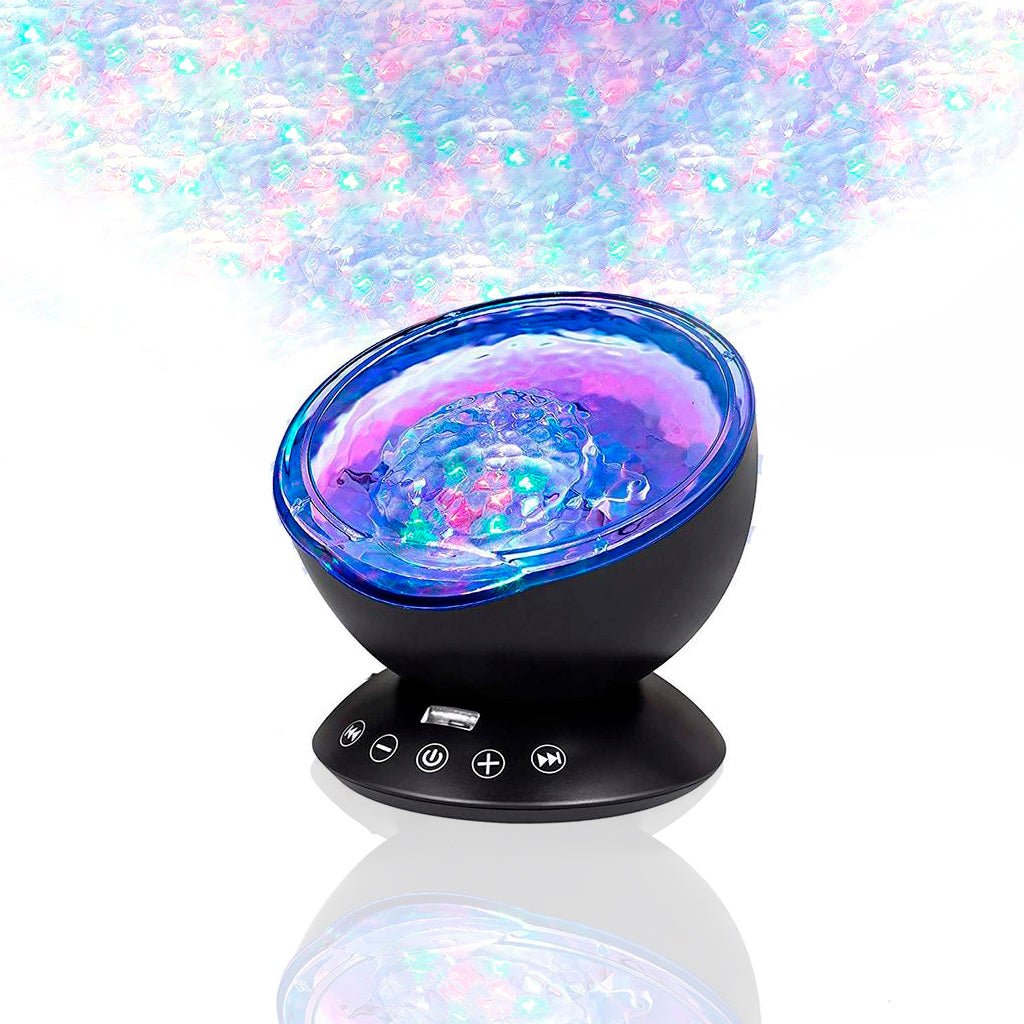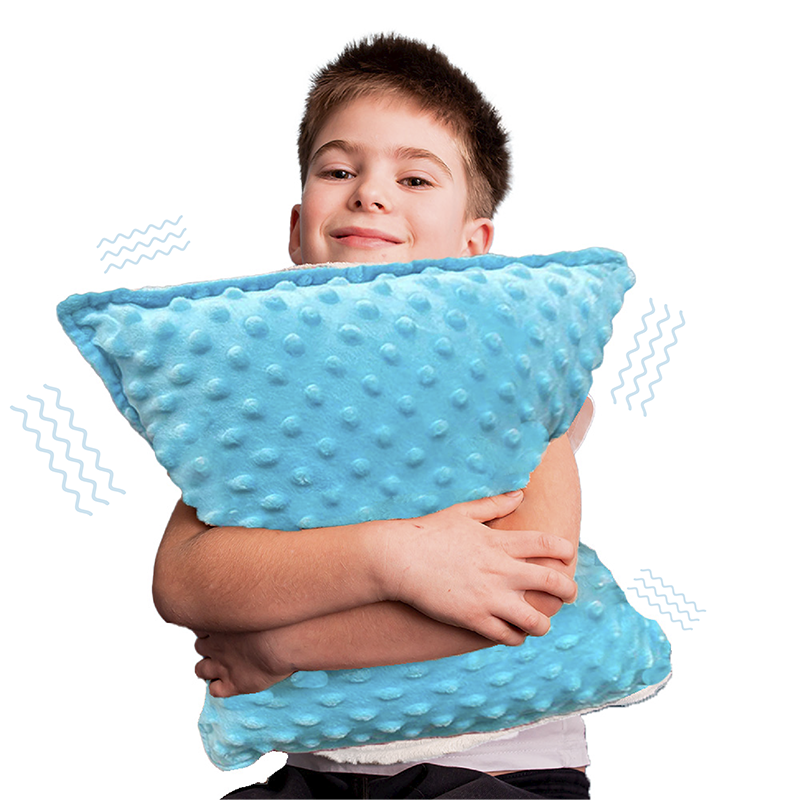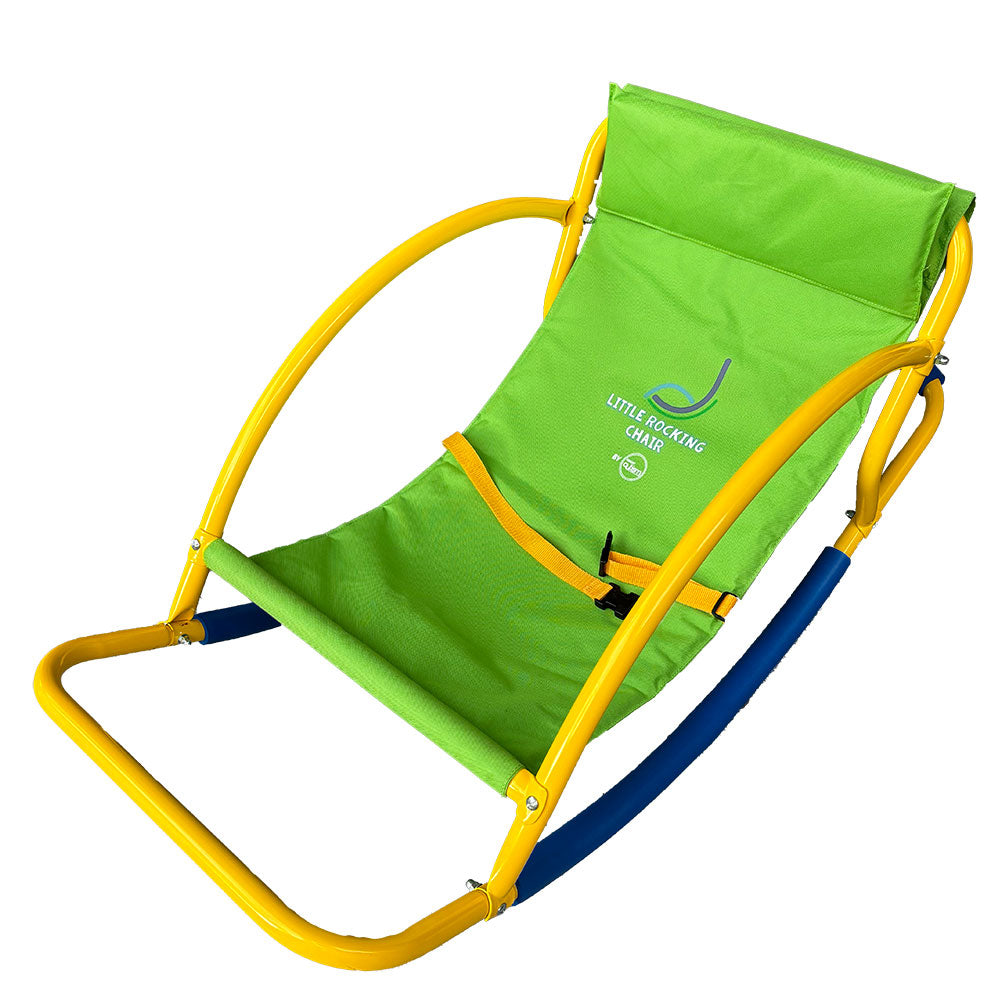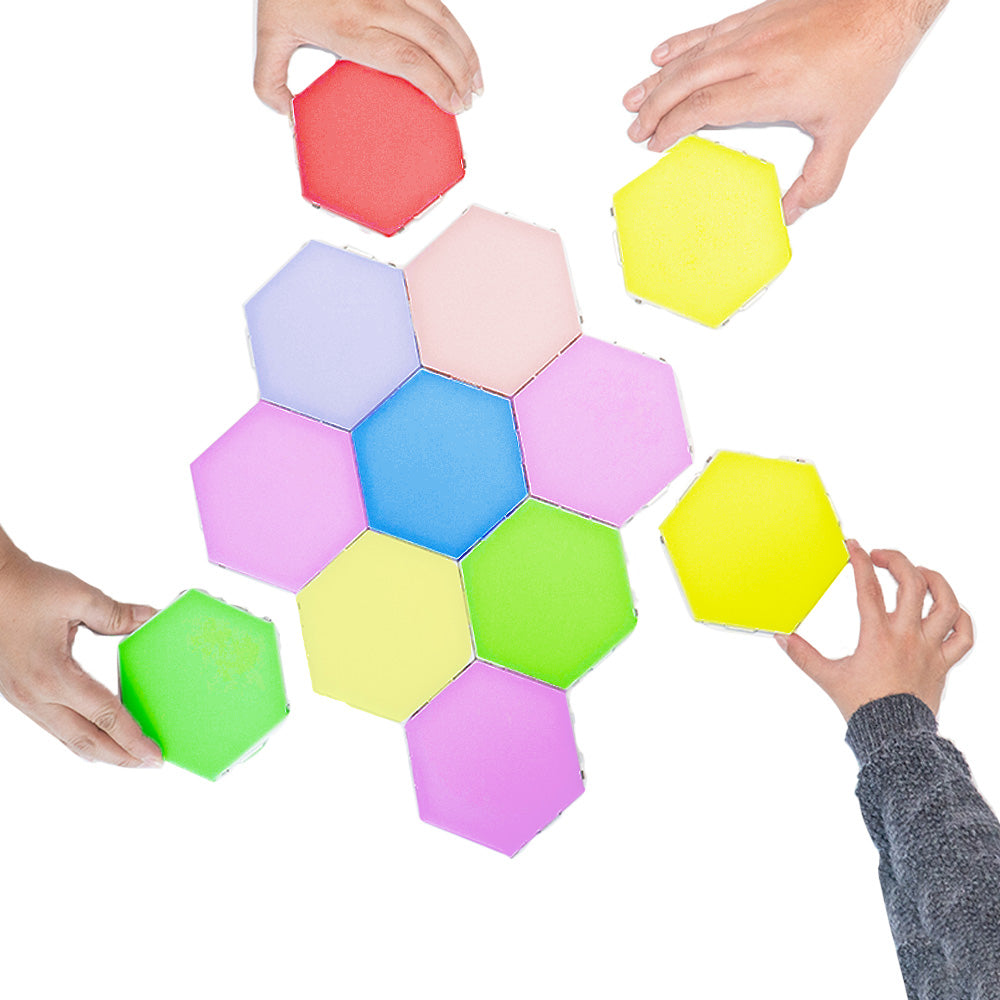
How to help your child sleep alone
Teaching their children to sleep alone is one of the most daunting tasks for parents. Usually, a child won't warm up to the idea immediately. He or she might throw a fit or have trouble sleeping.
A child with autism exhibits more attachment to his or her parents. Feelings of separation, even when brief, easily stir emotional distress. That's why sleeping alone is a routine that's very hard to do.
Nonetheless, it's not impossible to teach a child under the spectrum to sleep alone, although it will take patience. Read this article that will show the most effective techniques.
Why Do Children Sleep Easily With Parents?

How to teach a toddler to sleep alone
Parents provide the touch inputs that help children fall asleep easily. Their presence stimulates relaxation and shuts out any unnecessary inputs that disrupt sleep.
Autistic child won't sleep. Children with autism usually suffer from sensory issues. They are either overly sensitive - easily get distracted by light or sound - or under sensitive - need more sensory stimulation than normal.
For overly sensitive children, the presence of parents can reduce attention to noise, lights, images, and other information that disrupts the mood to sleep.
On the other hand, children that are under-sensitive easily sleep with their parents since they feel more secure, safe, and relaxed.
Techniques For Teaching A Child Under The Spectrum To Sleep Alone

Autism sleep solutions:
Make The Room Smaller and Don't Forget To Put Teddy Bears On The Bed
Autistic toddler sleep. A child, who is under-sensitive to touch inputs, can easily feel empty, alone, or scared when left to sleep on his or her own. These can get in the way of sleeping. In this case, making the room smaller and putting teddy bears on the bed are a solution.
Making the room smaller will make the child less anxious about the surroundings. On the other hand, teddy bears supplement the touch inputs needed for a good sleep.
Snuff Out Lights Or Noise

Faint noises, subtle movements, and weak sources of light can easily disrupt the sleep of a child who is overly sensitive to touch inputs.
Snuffing out lights or noise can make sleeping easier. To do this, parents can clear the child's room free of toys and blinking sources of light during the nighttime.
Also, donning the windows of the bedroom with dark-colored curtains prevents light from street lamps and outdoor lighting from getting inside.
To reduce noise that enters the child's room, parents can install thick wall blankets, place bookshelves in the room, and cover the room's flooring with a carpet to mask footsteps.
Bed Time Stories
Stories don't only make bedtime more exciting for a child. They also serve as power sleep cues that aid in sleeping alone.
Bedtime stories strengthen the bond between the child and his or her parents. During storytelling sessions, a child with autism can openly talk about his experiences thereby fostering emotional security. In addition, bed stories can also help the child forget about distractions that cause sleeping difficulties.
Recommended Product: TightySheet™- Sensory Compression Bed Sheet. Our sensory sheet helps wiggly kids create perfect bedtime conditions for them to sleep throughout the night. Your child will calm down & reduce fear and stress.
Giving Rewards
Giving rewards is a scientifically proven practice that's very useful for training. With a bit of craftiness, parents can use it to teach their children to sleep alone.
Ideals rewards are gold stars, stickers, sweet treats, clothes, garments, or toys. Parents can give these the day after the child sleeps alone or attempts to sleep alone.
Camping Out

Camping out is one of the most common methods in teaching a child under the spectrum to sleep alone. It is done by making the child feel comfortable about sleeping and once the child is asleep, parents then go to their bedroom.
This method requires patience on the parents' end. Sometimes, the child can wake up right after his or her parents left. And so, the parents will have to do the process again.
Nonetheless, camping out is ideal in teaching a child to sleep alone because it doesn't inflict any emotional or psychological harm. If it doesn't work, the parent can just proceed to sleep with the child and try again the next night.
Ending Words: What Parents Should Avoid Doing?
Teaching children with autism to sleep alone takes time. Parents shouldn't expect positive results to emerge within 1 week or 2 weeks. The tips in this article serve as the easiest and most efficient methods. Try each tip but if you don’t see the progress we can advise looking for professional help.
OFFER VALID UNTIL TODAY
SLEEP COLLECTION SPECIAL SALE!











5 comments
My 10yo is having issues going to sleep. In his room, I can put him to bed, turn lights down to 1 and TV for sound only down. As soon as I leave, he turns it back up. He will be up all night and go to sleep in morning and at school. But in my room, only thing I have on is fan. And he goes right to sleep. But the little movement I make and he wakes up.
i have a 7yo asd/adhd son and he wont fall asleep in his room he can fall asleep in my bed or on the couch and then be put into bed but will wake up in the middle of the night wanting me to lay with him we now have our 2 grandkids living with us and its hard to try and keep him asleep
Here it is a year later & still NO progress! I got her a weighted blanket which seems to help some & she takes melatonin gummies, but I still cannot get her to even lay in her own bed! My husband has moved to the guest room to sleep!
In asd children have you ever tryed Waited blanket that works and also some music with brightly coloured dimmer lights on the ceiling that’s grt as they look at the ceiling and helps them sleep.
My child is 12 has DS/ASD I cannot even get her to lay in her own bed, even with me lying next to her! She shares a room with her 9 yr old sister & the 12 yr old couldn’t care less! She doesn’t care about stuffies or a special blanket. I really am at my wits end!
Leave a comment